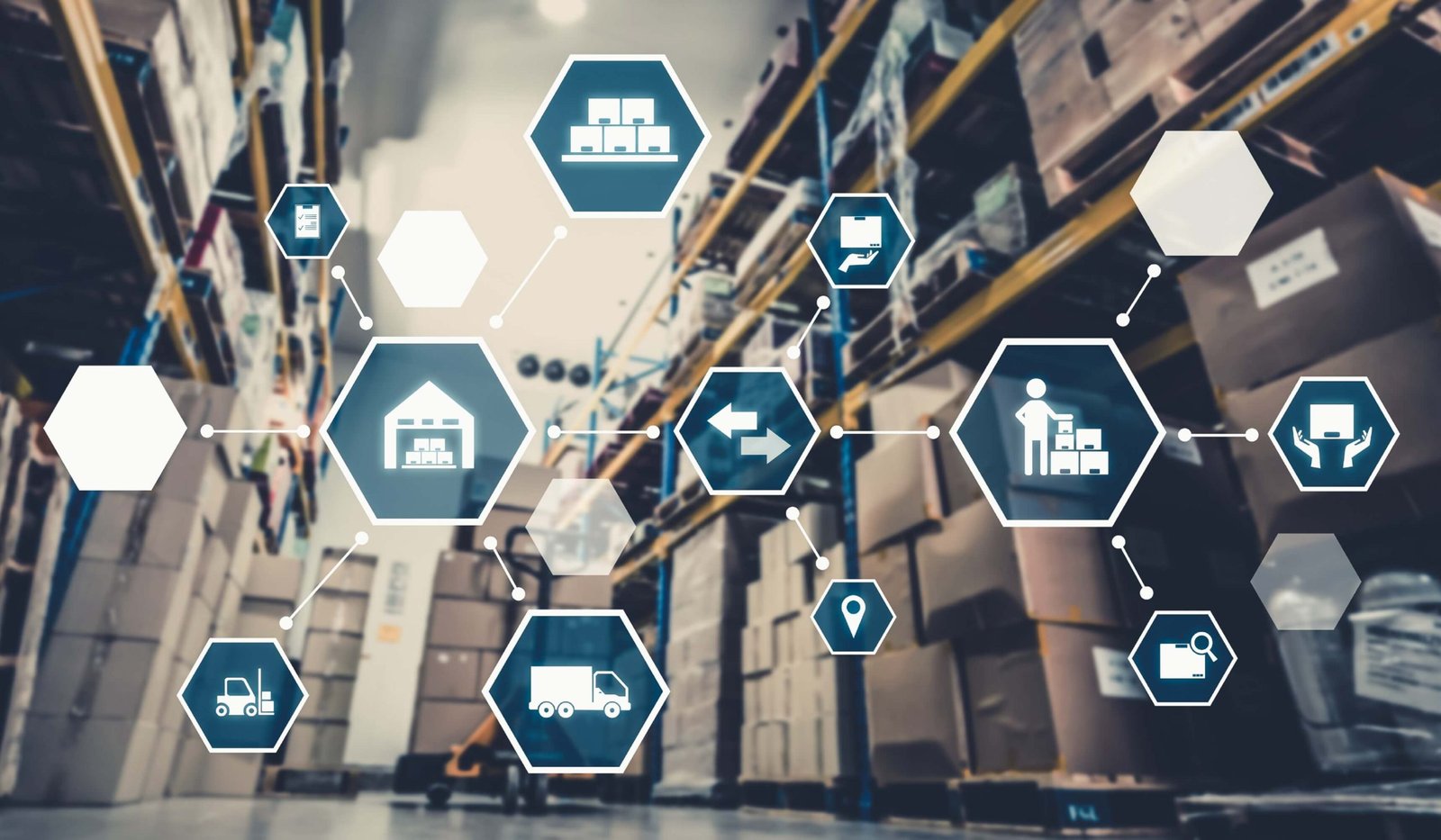Business
Top 7 Tech Solutions That Streamline Shipment Logistics

Global supply chains are more fragmented and unpredictable than ever. To stay competitive, logistics teams are sourcing from a broader supplier base and working with more transportation partners to better manage shifting market conditions. However, that growing complexity has made shipment logistics harder to manage and standardize.
A number of technology platforms promise to solve these challenges, but their capabilities vary widely. Some are built for execution, others for visibility, and only a few are designed to connect all the moving parts. The following overview looks at seven shipment logistics solutions that help organizations simplify operations, increase transparency, and better manage performance across the shipment lifecycle.
What to Look for in Shipment Logistics Technology
Shipment logistics has never operated in a vacuum, so the tools that support it shouldn’t either. A platform built for today’s market needs to do more than rate loads or track shipments. It has to account for the fact that transportation is connected to everything from inventory availability and supplier constraints to customer expectations and margin management.
That means supply chain visibility software can’t stop at “in transit” tracking. Execution can’t be limited to what’s booked inside a single system. And collaboration can’t depend on a string of emails.
Look for platforms that offer:
- Multi-carrier, multimodal rating and booking that supports both internal routing decisions and supplier-initiated moves
- Visibility into all shipments, including those booked outside the platform or by third parties
- Real-time access to shipment status and supporting documents instead of manual updates
- Shared data environments that let internal teams, suppliers, and carriers operate from the same set of facts
- Lifecycle context that ties together order details, booking data, delivery status, and final invoice charges in one system
These are the foundations for simplifying operations and making smarter, informed logistics decisions.
Top Tech Solutions for Shipment Logistics in 2025
1. Agistix
Agistix is a shipment logistics platform designed to give teams complete visibility across the shipment lifecycle – starting with the original order and ending with the final invoice. Unlike solutions that only track freight booked within their system, Agistix ingests data from external TMS platforms, suppliers, and carriers, allowing users to view and manage all shipments in one place.
The platform also includes embedded rating, booking, and tendering capabilities, enabling teams to execute shipments without toggling between disconnected systems. Through their custom Microsites feature, internal teams and supply chain partners can collaborate on shared shipments, update records in real time, and reduce the friction that often slows down communication.
Importantly, their comprehensive logistics visibility platform doesn’t require companies to change their existing workflows. It simply connects the data they already have and makes it usable across the shipment cycle.
2. E2open
e2open offers a broad logistics and transportation suite as part of its connected global trade network. The platform is designed to help companies manage both the movement of goods and the flow of information across complex, multi-enterprise supply chains.
Transportation execution, visibility, and planning are integrated with inventory workflows and global trade compliance tools. Users can rate and manage shipments within the same environment where they monitor inventory availability and supply-side risk. e2open also supports third-party carrier integration and event-driven tracking across modes.
While the platform is functionally deep, users cite limitations in analytics, UI design, and integration support. Extracting actionable insights often requires external tools, and delays in customer support can hinder adoption.
3. Oracle Transportation Management (OTM)
OTM is part of the Oracle SCM Cloud and is positioned as an enterprise platform for managing transportation planning, execution, and freight settlement. It supports multimodal networks and global operations, with tools to optimize routing, manage rates, and streamline carrier communication.
The platform allows shippers to automate load building, tendering, and invoice matching in a single system. Real-time visibility is available for shipments booked within the platform, supported by integrations with ELDs, APIs, and carrier feeds.
That said, system flexibility is a common concern. Users report that administrative controls are overly restrictive, UI usability is limited, and analytics capabilities in cloud deployments don’t match those available on-premises.
4. SAP Transportation Management (SAP TM)
SAP TM supports enterprise-grade transportation operations as part of the broader SAP Supply Chain suite. Designed for companies with complex shipping needs, it brings together transport planning, execution, and cost control in a unified environment that integrates directly with SAP ERP and warehouse management systems.
It’s particularly well-suited for managing high-volume freight across established SAP processes, offering automation and advanced planning capabilities. But visibility tends to focus on shipments booked within the SAP ecosystem, and the platform can be costly to implement and customize. Users also note that interface usability and real-time tracking features don’t always match modern expectations, especially in mixed-mode or non-SAP environments.
5. Blue Yonder
Blue Yonder offers a shipment logistics solution that blends execution with forecasting and planning tools. Its platform emphasizes AI-driven optimization, with features that support routing, load consolidation, and proactive exception management across modes.
Their supply chain visibility platform is integrated into transport workflows, allowing teams to act on disruptions quickly and adjust plans mid-execution. Blue Yonder also positions its TMS as part of a larger Luminate platform, connecting transportation to broader supply chain decision-making.
Certain functions, like load balancing and pallet-level adjustments, remain limited or manual. Users also report that complex data requirements and modular TMS components can slow adoption and reduce flexibility across business units.
6. Infios
Infios offers a transportation management solution aimed at automating shipment planning and execution. While less widely known than larger platforms, it provides solid tools for carrier selection, tendering, and shipment tracking, with features that support route optimization and multi-leg shipments.
The platform positions itself as capable of delivering real-time logistics visibility and handling intermodal shipments, but details on financial workflows, partner collaboration, and exception handling are limited. Integration with ERP and WMS systems has been noted as a challenge, and reporting remains largely manual. Users also cite system complexity, limited small-package functionality, and instability in customization as barriers to implementation.
7. Kuebix TMS (by FreightWise)
Kuebix is marketed as a modular, cloud-based TMS designed for mid-market shippers seeking quick wins in rating, booking, and tracking. It offers standard integrations with carriers and helps automate common workflows like load tendering and freight auditing within shipments booked through the platform.
The solution is often praised for its ease of setup and user-friendly dashboard, especially for companies with basic or growing transportation needs. However, its collaboration features are limited, and full order-to-invoice visibility is not a primary focus. Users also mention added costs for custom reporting and integration, which can reduce scalability over time.
Choosing the Right Shipment Logistics Solution
Every company’s logistics strategy is shaped by its operating model, supplier base, and service requirements. That means the best shipment logistics platform isn’t the one with the longest feature list, but the one that aligns with how you move freight, share information, and manage costs.
Some platforms are built for in-system execution. Others offer broader visibility across third-party shipments. Few fully support the operational, financial, and collaborative needs that span the entire shipment lifecycle. Taking the time to evaluate these capabilities, both in terms of what’s needed today and what will scale tomorrow, is essential to choosing the right long-term partner.
-

 Celebrity1 year ago
Celebrity1 year agoWho Is Jennifer Rauchet?: All You Need To Know About Pete Hegseth’s Wife
-

 Celebrity1 year ago
Celebrity1 year agoWho Is Mindy Jennings?: All You Need To Know About Ken Jennings Wife
-

 Celebrity1 year ago
Celebrity1 year agoWho Is Enrica Cenzatti?: The Untold Story of Andrea Bocelli’s Ex-Wife
-

 Celebrity1 year ago
Celebrity1 year agoWho Is Klarissa Munz: The Untold Story of Freddie Highmore’s Wife
















